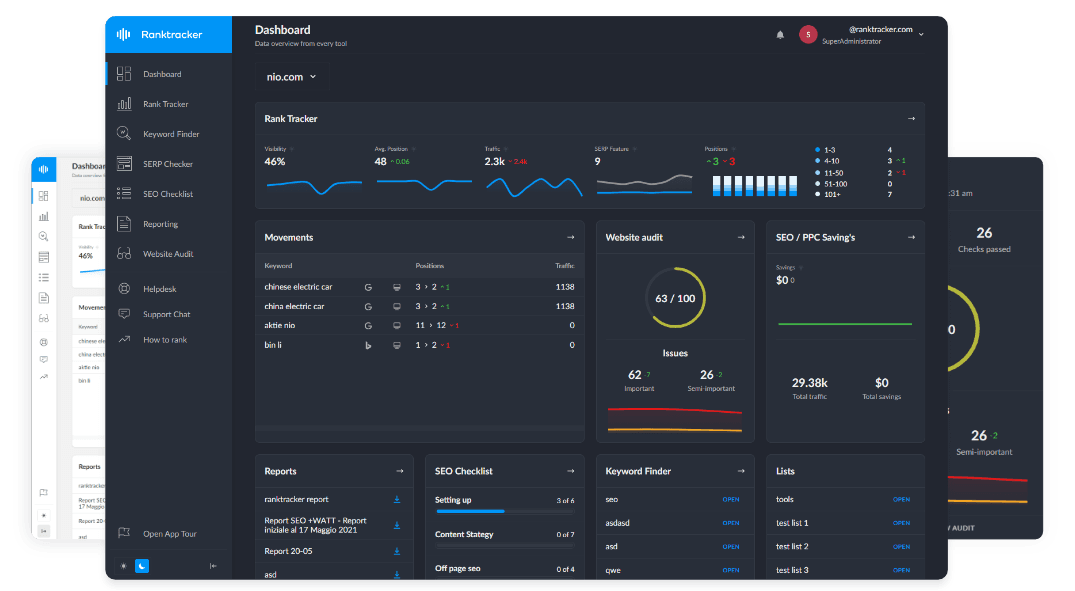Intro
Entities stuffing occurs when too many named entities (people, places, organizations, or concepts) are forcefully included in content, reducing readability and diluting SEO effectiveness. This is similar to keyword stuffing but involves excessive use of structured data elements.
Why Overusing Entities Harms SEO & Readability
- Reduces Content Clarity: Too many entities confuse readers and disrupt flow.
- Weakens Semantic Relevance: Google prioritizes natural, meaningful connections over entity overuse.
- Triggers Spam Signals: Similar to keyword stuffing, entity overuse can reduce credibility.
- Negatively Affects NLP Processing: Search engines struggle to extract main topics when overloaded with entities.
How to Use Entities Properly Without Overstuffing
✅ 1. Use Entities Only When Contextually Relevant
- Ensure entities add value instead of merely boosting SEO.
- Example:
- ❌ Overstuffed: "Google, Apple, and Amazon all use AI. Google’s AI, Apple’s AI, and Amazon’s AI compete in AI development. AI by Google, Apple, and Amazon shape AI advancements."
- ✅ Optimized: "Leading tech companies like Google, Apple, and Amazon use AI for innovation and automation."
✅ 2. Maintain a Natural Flow in Content
- Use entities naturally within well-structured sentences.
- Example:
- Instead of: "SEO includes Google’s search engine, Google algorithms, and Google indexing rules."
- Use: "Google’s search engine relies on algorithms and indexing for ranking pages effectively."
✅ 3. Prioritize High-Impact Entities
- Focus on important entities that reinforce topic relevance.
- Example:
- Best Practice: Mention a few core entities instead of forcing multiple unrelated ones.
✅ 4. Leverage Schema Markup for Entity Optimization
- Use structured data to define entities without overloading content.
- Example JSON-LD for a person entity:
{
"@context": "https://schema.org",
"@type": "Person",
"name": "John Mueller",
"jobTitle": "Google Search Advocate",
"affiliation": "Google"
}
✅ 5. Use Synonyms & Contextually Related Terms
- Avoid repeating the same entity excessively.
- Example:
- Instead of: "Google Search Console is a Google tool for Google SEO insights."
- Use: "Google Search Console provides valuable insights into SEO performance."
Common Mistakes to Avoid
❌ Repeating the Same Entities Excessively
- Avoid overloading content with repeated entity mentions.
❌ Ignoring Content Flow for Entity Placement
- Entities should integrate smoothly into the text.
❌ Over-Optimizing for Google’s Knowledge Graph
- Balance entity inclusion with valuable insights.
Best Tools for Managing Entity Optimization
- Google NLP API – Evaluates entity density and context.
- Ranktracker SERP Checker – Analyzes entity-driven content ranking.
- SEMrush SEO Writing Assistant – Ensures balanced entity usage.
Conclusion: Strengthening SEO with Smart Entity Usage
By avoiding entities stuffing and focusing on natural, meaningful entity placement, content remains engaging, search-friendly, and informative. Optimizing for semantic SEO without overloading text enhances ranking potential, user trust, and readability.
Start refining entity optimization with Ranktracker today!

